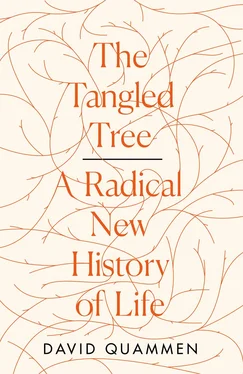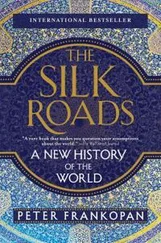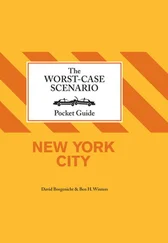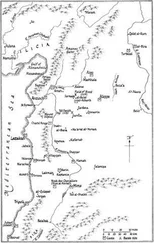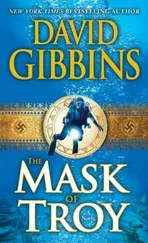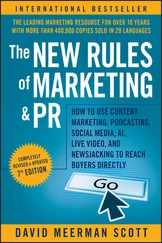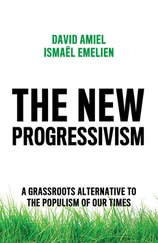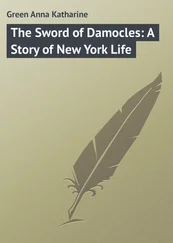
Three domains and (within the eukaryotes) four kingdoms, four types of cell.
In August the team published a carefully limited paper, just a hint of what was coming, in the Journal of Molecular Evolution , the same journal at which Emile Zuckerkandl continued to serve as editor. It was a logical match of subject and outlet because Zuckerkandl, back in his days as Linus Pauling’s sidekick, had helped articulate the very premise that Carl Woese was now putting dramatically to use: that the branching of lineages “ should in principle be definablein terms of molecular information alone.” The molecular information at issue in this case consisted of ribosomal RNA sequences from the first two methanogens Woese’s team had characterized. One of those methanogens was a strain of M. ruminantium , isolated from rumen fluid (from the paunch of a cow) donated by a friendly contact in the university’s Department of Dairy Science. The other was delta H, the conveniently nicknamed strain of the fourteen-syllable monstrosity, M. thermoautotrophicum , known to live at high temperatures and metabolize hydrogen. I asked Ralph Wolfe where they had gotten their starter sample of that exotic beast, delta H.
“It was isolated here from the sewage.” More specifically, from a sewage sludge digester.
“In Urbana?”
“Yeah.”
The first author on this discreet paper was Bill Balch, Wolfe’s graduate student, who had earned his authorship priority by developing the sealed-tube technique of growing and labeling methanogens. “It was because of that technique,” Wolfe told me, “that we could now do these experiments with Carl. Because everything was sealed, and you could now inject the P-32 into the culture.” P-32, remember, was the radioactive phosphorus. “Whereas the previous techniques, you had to keep opening the stopper and flushing it out, and it would have been a radioactive nightmare to do it that way.” Balch’s system allowed for injecting the P-32 by syringe through the black rubber stopper. Balch grew the microbes, George Fox extracted the RNA, and Woese’s trusted lab technician at the time, a young woman named Linda Magrum (she had replaced the earlier Linda in that role, Linda Bonen), prepared the fingerprint films for Woese to analyze. All three of them, plus Ralph Wolfe himself, appeared as coauthors, with Woese’s name last, reflecting his role as senior author. Besides describing the methodology, this paper noted drily that the two methanogens didn’t look much like “typical” bacteria. It mentioned that the divergence might represent “ the most ancient phylogenetic eventyet detected”—a big claim, vague enough as stated to pass almost unnoticed.
In October the team published a second paper, in a more far-reaching journal, the Proceedings of the National Academy of Sciences (known as PNAS ). This time George Fox was first author, and the data covered ten species of methanogen, each one assessed for similarity to the other nine and to three species of what the authors still cautiously called “typical bacteria.” Fox had created a simple measurement system by which the catalog of one microbe could be compared with the catalog of another, yielding a decimal number—a coefficient—representing degree of similarity. Comparing each of these thirteen microbes with all the others gave an overall picture of which were how closely similar to which others. The data could be arranged in a rectangular table, names down the left margin, names again across the top, numbers at each cross point, as in a chart showing the various mileage distances between all pairs in a list of cities. Instead of mileage: a similarity coefficient. From those numbers, and the premise that similarity reflected relatedness, Fox generated a dendrogram, a branching figure, showing nodes of divergence between major lineages and a branch for each organism. Although they printed this dendrogram sideways—like a bracket for the NCAA basketball tournament—rather than vertically, it was, in fact, a tree: the first of the new trees of life in the era of Carl Woese. There would be many more.
This one showed the “typical bacteria” occupying one major limb. The ten methanogens all branched from a second major limb. “These organisms,” said the paper, “appear to be only distantly relatedto typical bacteria.” Again the five authors were saying less than what they believed. The phrase “typical bacteria” was an interim delicacy that would soon disappear.
A third paper, the most bold and dramatic, appeared in PNAS a month later under the authorship of Woese and Fox alone. Its title hinted only obliquely at its intent: to reorganize “the primary kingdoms” of life. Again using Fox’s similarity coefficients, it compared methanogens against one another and against “typical bacteria,” and each of those also against several eukaryotic organisms, including a plant and a fungus. Its conclusion was radical: there are three major limbs on the tree of life, not two. The prokaryote-eukaryote dichotomy, as proposed by Stanier and van Niel, as generally accepted throughout biology, is invalid. “ There exists a third kingdom,” Woese and Fox wrote, and it includes—but may not be limited to—the methanogens. It isn’t the bacteria, and it isn’t the eukaryotes, they explained. It’s a separate form of life.
The two authors gave their kingdom a tentative name: archaebacteria. Archae - seemed apt, suggesting archaic, because the methanogens appeared so ancient, and their metabolism might have been well suited to early environments on Earth, about four billion years ago, before the onset of an oxygen-rich atmosphere. Woese had made that very point in an interview with the Washington Post. “ These organisms love an atmosphere of hydrogenand carbon dioxide,” he said (or at least, so he was quoted). “Just like the primitive earth was thought to be,” he said, adding, “No oxygen and very warm.” But the other half of that compound label, archae bacteria , tended to blur the central point of the discovery: that, as Woese had announced to Wolfe, these things aren’t even bacterial forms of life. They’re quite different. Wolfe himself told Woese that archaebacteria was a terrible choice. If they’re not bacteria, why retain that word at all? The provisional name stuck for about a dozen years, before being emended to something better, something that stood by itself: the archaea.
24

George Fox was no longer a rangy young man when I sat with him in a nondescript pizza parlor near the campus in Urbana, after the opening session of a Carl Woese memorial symposium, and watched him eat a nondescript little pizza. Fox is a man who prefers simple, plain food, and he had cringed when I ordered pepperoni and mushrooms on my own. At age sixty-nine, he carried the full body and slight jowls of a lifetime spent in laboratories and classrooms; wire-rim spectacles had replaced the dark horn-rimmed glasses he had worn in the 1970s photos, and his brown hair was graying at the temples, but his eyes still shined brightly blue as he recalled the days and years with Woese. Now a professor at the University of Houston, Fox had flown up for the Woese meeting, which was hosted by the Carl R. Woese Institute for Genomic Biology (its name reflecting the fact that Woese has become a venerated brand at the University of Illinois). Fox would give one of the invited talks.
Читать дальше
